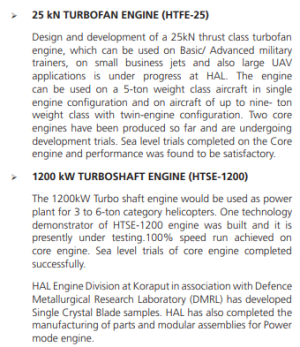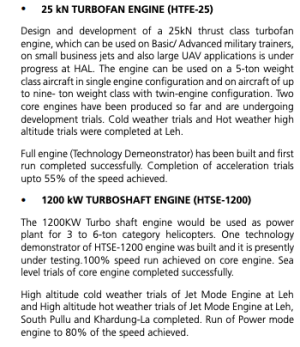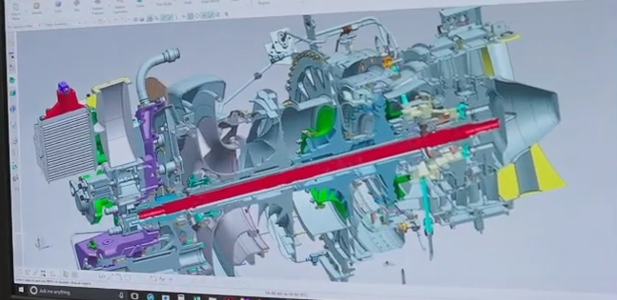A 2016 Article
The latest milestone in aircraft engine development that Hindustan Aeronautics Ltd unveiled, counted with its other helicopter engines project, may be two new tiny steps which, however, may be no match for the giant gap that exists for indigenous aero engines, experts in the field say.
The projects that the premier military aircraft maker has embarked on will be respectively for small jets and trainer planes; and light helicopter projects. Engine development technology being extremely complex as it is, India is still a far cry from propelling the bigger fighter planes with its own engine. It could be a new quest 25 years after the DRDO’s Kaveri engine for Indian light fighters failed to rev up.
HAL on December 14 trial-ran the HTFE-25 - the engine that can potentially power its basic trainer plane and perhaps business jets - in the presence of the Defence Minister. Around October this year, it initiated the design of the second one, HTSE-1200, meant for 3-tonne to 6.5-tonne helicopters.
They stand for Hindustan Turbo Fan Engine and Hindustan Turbo Shaft Engine.
The two projects are expected to reach fruition by around 2020-21 and would meet HAL’s upcoming projects - the HTT-40 trainer; the Light Combat Helicopter, the Light Utility Helicopter and the future ALHs (Advanced Light Helicopters), a senior official said. The ALH is now powered by the Shakti engine of HAL and its French partner Turbomeca.
Calling the engine’s debut run a speedy achievement, Ashok Baweja, who was HAL's Chairman during 2004-09 is and now CEO of QuEST Global Defence, said, “Developing an engine is almost as challenging as making an aircraft fly. This is the beginning. The real challenge will be in extensively running [HTFE-25], quickly getting it qualified and certified, may be within two years. And once certified, it has immense [market] potential.”
Government officials have often said various agencies would need 4,000-6,000 helicopter engines by the end of this decade. . Considering the huge requirement, Mr. Baweja said the larger HTSE-1200 being pursued for light helicopters would also be a potent product; “We have never done this 1200-kW-class engine before.”
Comparing the HTFE-25 progress to conquering a hillock before a mountain, K. Tamilmani, DRDO's Director-General for Aeronautical R&D, said it was a desirable baby step as “we are nowhere in engines globally”.
An engine for the fifth generation concept, the Advanced Medium Combat Aircraft, for example, he said, could be at least a decade away and perhaps made in a partnership.
Indigenous engine technologies, Dr. Tamilmani remarked, are essential; India, in spite of its aircraft manufacturing maturity, cannot claim self-reliance in aeronautics without its own engine.
Future focus should be on aiming for multiple engines and pooling of diverse capabilities.
Mr. Baweja also said the old and now stalled DRDO effort, the Kaveri GTX-35VS engine, which did not make it as intended into the LCA fighter, should also be somehow completed.
http://www.thehindu.com/todays-pape...r-hals-new-aircraft-engine/article8009277.ece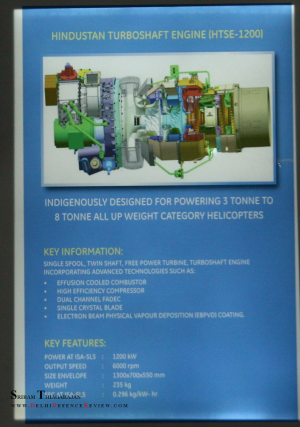
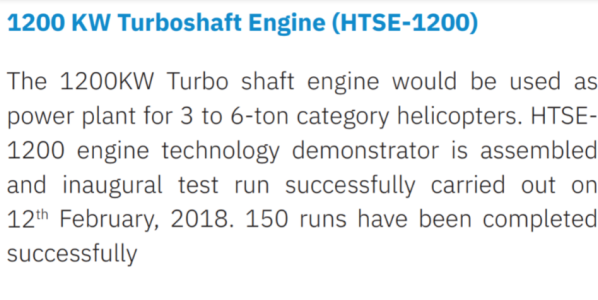



 www.pib.gov.in
www.pib.gov.in

